
OR
'Youths can help to respond to disasters better'
Published On: February 13, 2017 12:30 AM NPT By: Republica | @RepublicaNepal
KATHMANDU, Feb 13: Jerold Kayden, professor of urban planning and design at the Harvard Graduate School of Design (USA), has said that the trend of a huge number of youths going abroad for higher education and job is a big problem for Nepal.
Speaking at a program titled 'Reflection on a Rapid Scenario Planning Exercise on Earthquake Preparedness' organized by Harvard South Asia Institute in Kathmandu on Friday, Kayden said that no country can respond to disasters properly without the young people. He also said that the consequences of a disaster can be very high if the people are not prepared to face it.
“In countries like Japan, young people move to cities like Tokyo but in Nepal they are going to foreign countries for employment. Internal migration for employment has made the Japanese economy much stronger. Japan is the most prepared country in the world to deal with disasters. The high number of young people living in Japan has made it easier for the government to deal with disasters,” Kayden said.
“Nepal's attitude after the massive earthquake in 2015 has been 'build back better' which is the worst phrase used. However, Japan's attitude after such disasters has always been 'build back no matter what'. With this attitude, Japan has always been able to carry out reconstruction and relocation works on time after any disaster,” Kayden added.
Likewise, Anshu Sharma, co-founder of SEEDS (INDIA), said that the post-disaster needs assessment (PDNA) report prepared by the government of Nepal with the help of the European Union (EU), the United Nations (UN), and the World Bank is the best in the world. “The EU, UN and the World Bank have been preparing PDNA reports since 2007 in countries hit by disasters. They have prepared dozens of such reports across the world but everyone agrees that the PDNA report prepared by Nepal is the best,” Sharma said.
“In the best example of clean and fast reconstruction following an earthquake, it took seven years to accomplish reconstruction. But that was in a much stronger economy where things were going really well politically,” Sharma added.
He added that the reconstruction in Nepal should have been faster. “After studying the PDNA report, we came to know that all the resources required for reconstruction were available in the country,” he said.
You May Like This

Home Ministry says all apparatuses in ready position to respond to disasters
KATHMANDU, July 2: The Ministry of Home Affairs has said the government has kept all its apparatuses in a ready... Read More...

Karnali youths stage protests in Kathmandu demanding adequate budget for road connectivity
KATHMANDU, June 11: Hundreds of youths from Karnali region staged a peaceful protest in the capital on Saturday demanding that the... Read More...
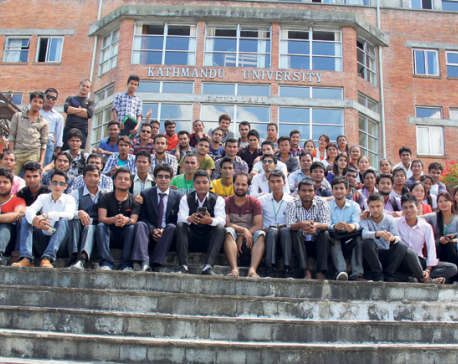
450 youths Israel-bound to learn modern farming
KATHMANDU, Aug 5: Altogether 450 youths from small farmers' family across the country are set to leave for Israel to... Read More...

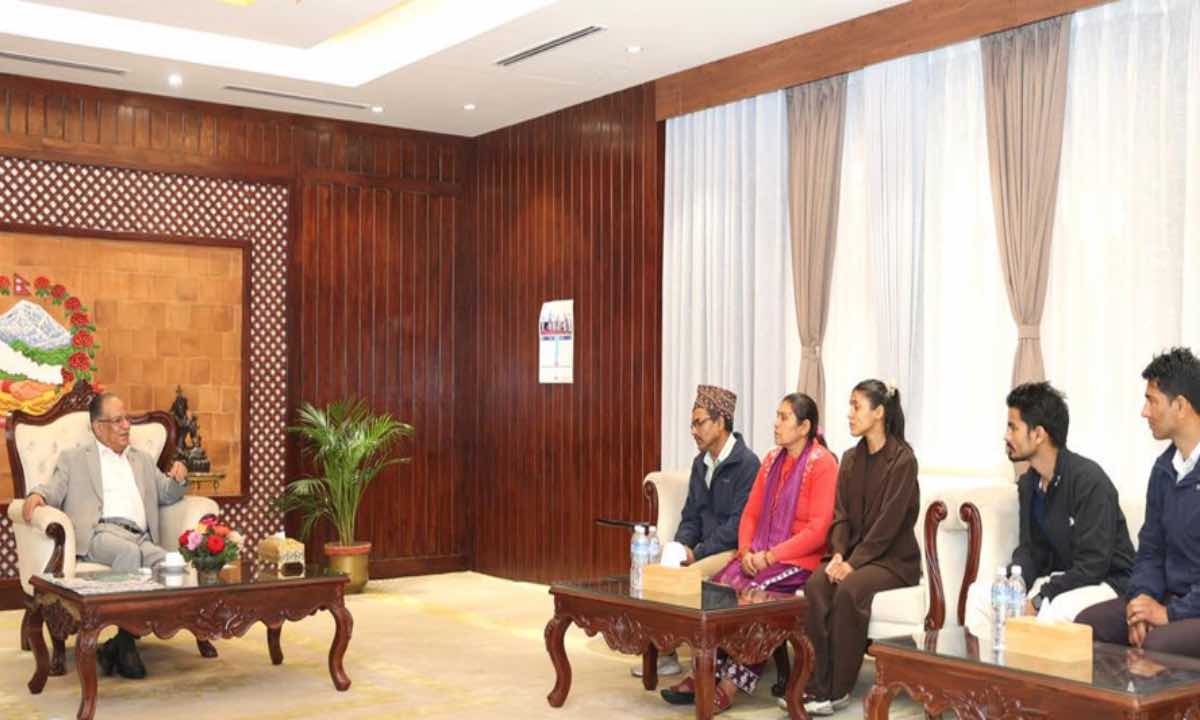
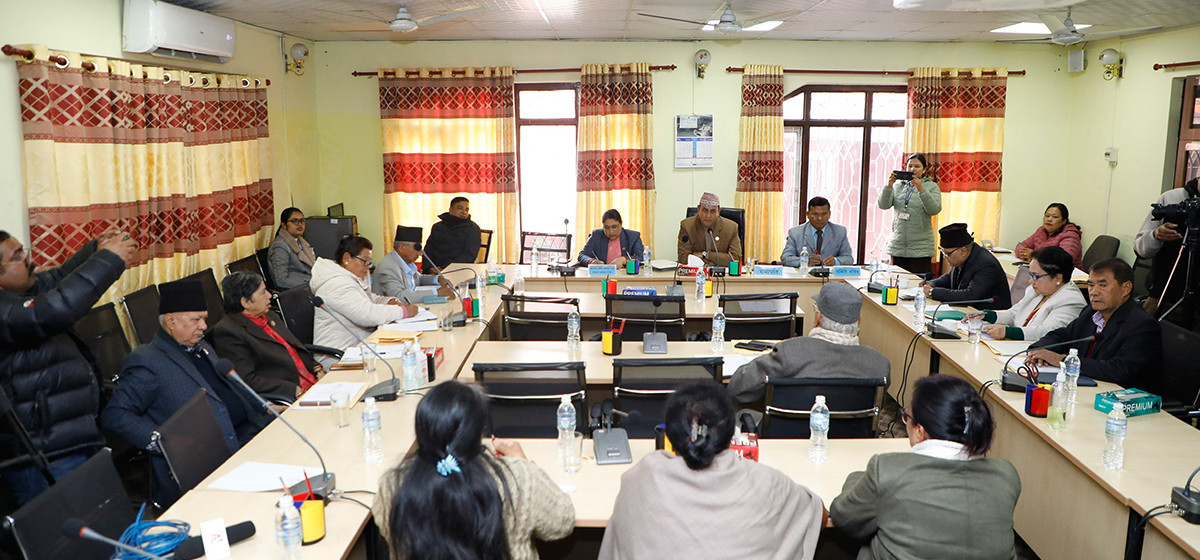

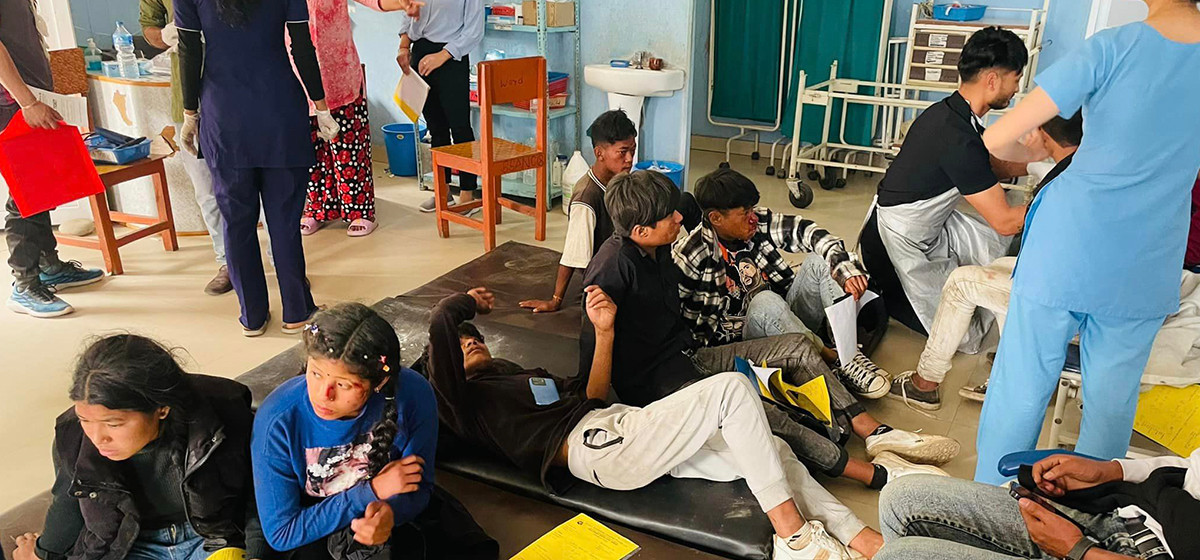
Just In
- Fire destroys wheat crop in Kanchanpur, Kailali
- Bipin Joshi's family meets PM Dahal
- State Affairs and Good Governance Committee meeting today
- Gold items weighing over 1 kg found in Air India aircraft at TIA
- ACC Premier Cup semi-final: Nepal vs UAE
- Sindhupalchowk bus accident update: The dead identified, injured undergoing treatment
- Construction of bailey bridge over Bheri river along Bheri corridor reaches final stage
- Taylor Swift releases ‘The Tortured Poets Department’












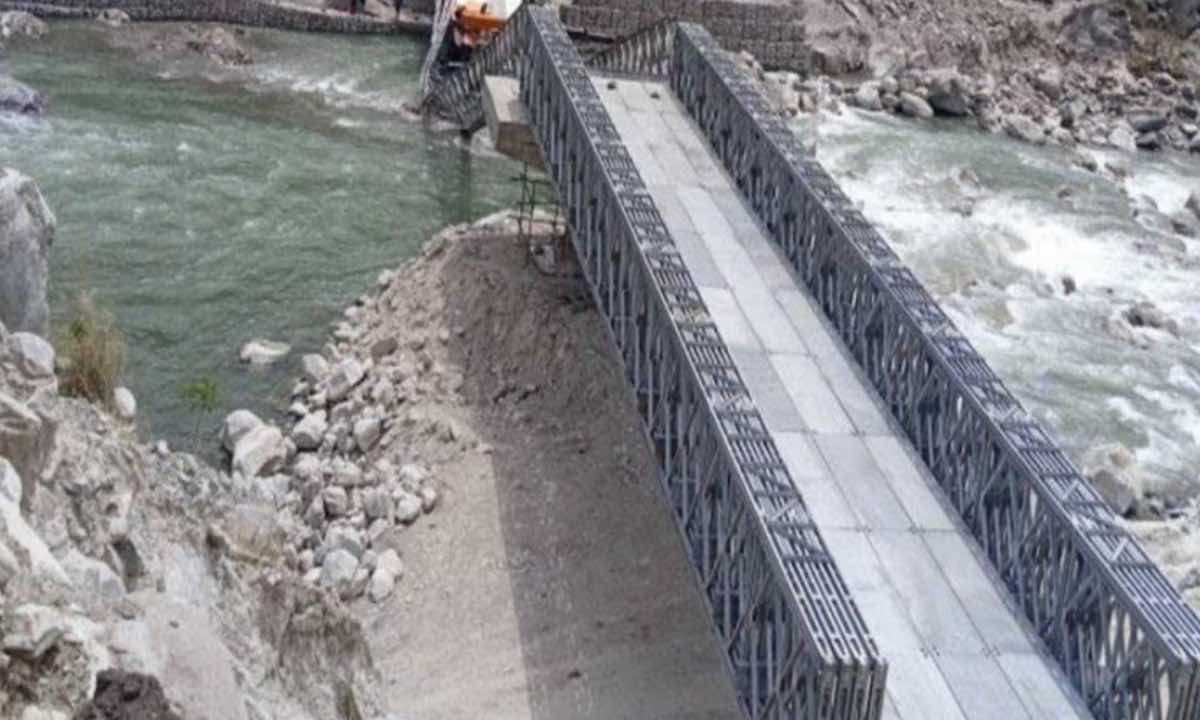

Leave A Comment